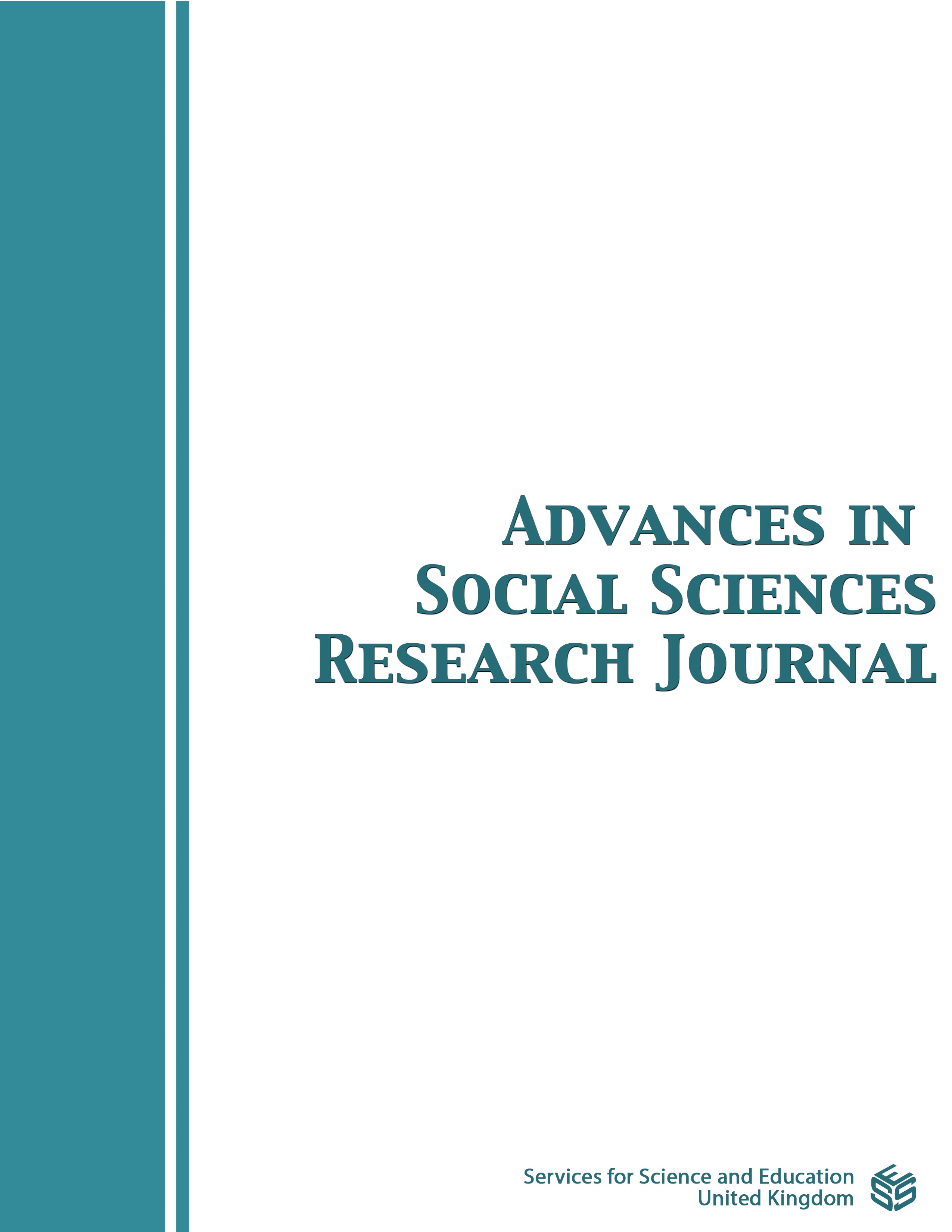“The Effect Of Achievement Goals On Homework Behavior And Academic Emotions On Students Of Smp Negeri 1 Larantuka In East Flores Timur-Ntt-Indonesia”
DOI:
https://doi.org/10.14738/assrj.812.11384Keywords:
Achievements Goals, Behavior of doing assignments and academic emotionsAbstract
Research reveals the impact of achievement goals on behavior in doing assignments and academic emotions to achieve learning goals. The study was conducted on 1200 students at SMP 1 Larantuka with the conclusion that the Achievement Goal (X) has a positive and significant effect on the behavior of doing assignments (Y) as evidenced by an error rate of 0.05 (α = 5%), the path coefficient is 0.237, the Sig value is t is 0.000 (0.000 < 0.05) and the adjusted R Square y value is 0.053. Achievement Goal (X) has a positive and significant effect on academic emotion (Z) as evidenced by the error rate of 0.05 (α=5%), the path coefficient of 0.379, the Sig.t value of 0.000 (0.000 <0.05) and the value of Adjusted R Square of 0.141. Academic Emotion (Z) has a positive and significant effect on the behavior of doing tasks (Y) as evidenced by the error rate of 0.05 (α=5%), the path coefficient of 0.395, the Sig.t value of 0.000 (0.000 <0.05) and Adjusted R Square value of 0.153. The achievement goal (X) has no significant effect on the behavior of doing the task (Y) as evidenced by a significance value of 0.076>0.05 (α=5%). Academic Emotion (Z) has a positive and significant effect on the behavior of doing the task (Y) as evidenced by the error rate of 0.05 (α=5%), the path coefficient of 0.356, the Sig.t value of 0.000 (0.000 <0.05), R Square value is 0.165 and R Square value is 0.242
Downloads
Published
How to Cite
Issue
Section
License
Copyright (c) 2021 VINSENSIUS BAWA TORON, HERMANIA BHOKI, YOSEP BELEN KEBAN, SKOLASTIKA LELU BEDING

This work is licensed under a Creative Commons Attribution 4.0 International License.
Authors wishing to include figures, tables, or text passages that have already been published elsewhere are required to obtain permission from the copyright owner(s) for both the print and online format and to include evidence that such permission has been granted when submitting their papers. Any material received without such evidence will be assumed to originate from the authors.






